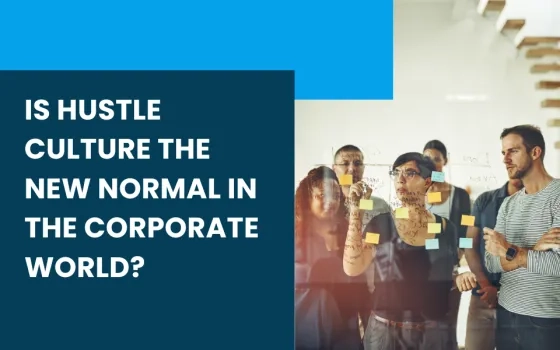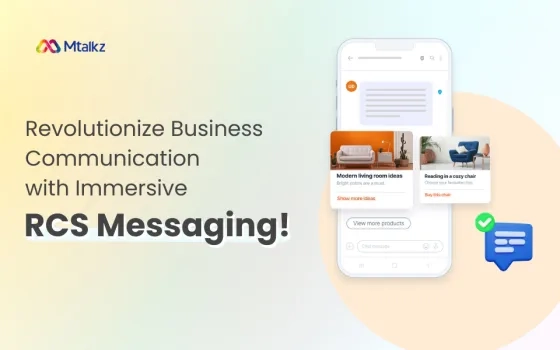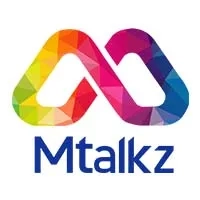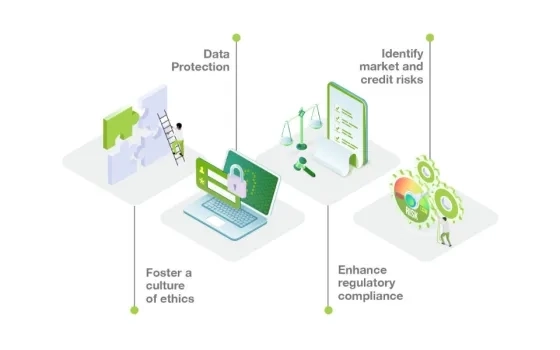
This blog is authored by Sameer Dhanrajani, Chief Strategy Officer, ?Fractal Analytics.
For many of us, artificial intelligence is already part of our daily lives as we turn to Siri for our weather updates and have chatbots politely handle our customer complaints. But, what about AI in the workplace? Advent of AI has been nothing short of disruption at every front with industries not only actively promoting it, but also actively investing significant amounts in enterprise implementation.
– “Forrester Research predicts a 300% increase in AI investment in 2017 from last year”
The three primary ways that AI is being used by industries to disrupt their business are – insight generation (extracting deep intelligence from large quantities of raw data), customer engagement (personalisation of information & enhancing experience) and business acceleration (how companies use AI to expedite knowledge-based activities to improve efficiency and performance).
Disruption would cover not only the scalable growth trajectories and increase in revenue, but also the displacement cost industries are facing due to this emerging technology. Following are the Productivity and Displacement impacts due to AI:
Productivity Impact
It is clear that industries that have been early in adopting various forms of automation are also expected to undergo the biggest change with AI, and the market is only increasing.
– “IDC estimates that the AI market will surge from about $8 billion in 2016 to more than $47 billion in 2020”
Even though almost all industries have been significantly affected, some more than the other, the major industries disrupted in their productivity impact are as follow:
Manufacturing: Manufacturing was one of the first industries to harness AI by using robots to assemble products and package them for shipment. New robotic developments will take things to the next level by being able to assemble more complicated items, such as electronics, cars, and even some homes. Although many artificial intelligence-driven production lines will still need human support and supervision, we are headed towards a largely robotic manufacturing industry.
Healthcare: AI is arguably the single biggest disruptor for the healthcare industry., it’ll aid in the discovery of new drugs and treatments, provide personalized healthcare to every single patient and free up physicians’ time by taking care of menial tasks. AI enabled models in early-warning systems will analyse sensor data in hazardous environments to predict the likelihood of accidents. There are also numerous robots in various stages of testing and approval for diagnosing disease. In some cases, such as with IBM’s Watson, these machines have a higher accuracy rate for diagnoses than human doctors, as mentioned earlier.
Transportation: The crux of AI research in transportation industry is going in autonomous driving systems, which will become a reality soon. Self-driving cars are insanely safe. Google’s self-driving car drove 1.8 million miles and was involved in just thirteen accidents – all of which were caused by the other car. In case of manual driving as well, AI led Traffic optimization model can recommends a faster route by predicting delays or road obstructions.
Customer Service: AI is more efficient than ever in customer service, due to developments in personalization & human interaction. Building chatbots are going mainstream which not only answer basic questions interactively, but harnesses natural language processing and machine learning to create reactionary, friendly robots that mimic human speech patterns to provide service that is quick and easy for consumers and much less expensive for companies. As per Gartner, AI bots will power 85% of customer service interactions by 2020. This may drive up to $33 trillion of annual economic growth.
Finance: In spite of regulations and strict legislations, AI has managed to disrupt Finance sector and will continue to do so in a number of ways. Prominently, fraud mitigation is finding large AI adoption, by analysing deep human patterns and highlighting deviations in data observed. Robo-advisors are using predictive systems and market data to forecast stock trends and manage finances, often much quicker than their human counterparts. It is even finding its way into emerging new technologies such as digital currencies, and it can also automate much of the manual work that slows the financial industry down and makes employees less productive.
Displacement Impact
Gartner forecast that AI would eliminate about 1.8 million jobs by 2019. But even though AI will eliminate more jobs than it creates through 2019, however, Gartner also believes that the number of jobs created due to AI in 2020 is sufficient to overcome the deficit (2.3 million jobs global) and become a positive ‘net job motivator’. Hence for now, companies will have to figure out the contingency for displacement impact.
– “Automation threatens 69% of the jobs in India, while it’s 77% in China, according to a World Bank research.”
Automation achieved by RPA and core AI has not only disrupted jobs in general but industries like BPO / BPM. traditional pyramid of labour with a large base of transactional full-time equivalents (FTEs) for transactional / repetitive jobs fast becoming history and this has an impact on the way talent will be looked at in the near future. BPOs and BPMs are being forced to evolve their nature of work by adopting High end KPO services and providing Automation-as-a-Service features as bonus.
To Brace for AI Led Disruptions, Embrace AI Led Growth
Organizations that deploy AI strategically enjoy advantages ranging from cost reductions and higher productivity to top-line benefits such as increasing revenue and profits, richer customer experiences, and working-capital optimization. Hence organizations need to implement the following strategic changes to enable AI led growth:
Core AI Resource Assimilation using Funding or Acquisition: As per insights from Forbes and Cowen & Company, 81% of IT leaders are currently investing in or planning to invest in Artificial Intelligence (AI). The study found that 43% are evaluating and doing a Proof of Concept (POC) and 38% are already live and planning to invest more. The CIOs need to have a new mandate to integrate AI into IT technology stacks. The good news is that there are several options – acquire an AI company to gain access to new product and AI/ML Talent, invest as a limited partner in a few early stage AI focused VC firms to gain immediate access to early stage innovation, build an AI-focused division to optimize your internal processes using AI, or use outside development-for-hire shops (like Element.ai) to fill the gaps or get the ball rolling.
Gain senior management support: As per research by Fortune Knowledge Group, though majority of leading AI companies (68%) strongly agree that their senior management understands the benefits AI offers, it is still cited that lack of senior management vision is one of the top two barriers to the adoption of AI. Regulatory uncertainty about AI, rough experiences with previous technological innovation, and a defensive posture to better protect shareholders, not stakeholders, may be contributing factors. The Senior Management needs to be swiftly brought to realization that failing to invest in AI will adversely affect their bottom line and even cause them to go out of business in the coming years.
Process Based Focus Rather than Function Based: One critical element differentiates AI success from AI failure: strategy. AI cannot be implemented piecemeal. It must be part of the organization’s overall business plan and culture, along with aligned resources, structures, and processes. How a company prepares its corporate culture for this transformation is vital to its long-term success. The challenge of AI isn’t just the automation of processes—it’s about the up-front process design and governance you put in to manage the automated enterprise. The ability to trace the reasoning path AI technologies use to make decisions is important.
Reskilling Teams & HR Redeployment: HR’s other role in an AI future will be to help make decisions about if and when to automate, whether to reskill or redeploy the human workforce, and the moral and ethical aspects of such decisions. The question of job losses is a sensitive one, most often played up in news headlines. But AI also creates numerous job opportunities in new and different areas, often enabling employees to learn higher-level skills. As per Gartner, by 2019, more than 10% of IT hires in customer service will mostly write scripts for bot interactions. Given the potential of AI to complement human intelligence, it is vital for top-level executives to be educated about reskilling possibilities. It is in the best interest of companies to train workers who are being moved from jobs that are automated by AI to jobs in which their work is augmented by AI.
The Dawn of System-of-Intelligence Apps & Platforms: Gartner predicts that by 2019, AI platform services will cannibalize revenues for 30% of market leading companies. An Intelligent App Stack will gain rapid adoption in enterprises as IT departments shift from system-of-record to system-of-intelligence apps, platforms, and priorities. The future of enterprise software is being defined by increasingly intelligent AI-led applications today, and this will accelerate in the future.
Final Word
AI is part of a much bigger process of re-engineering enterprises. That is the major difference between the sci-fi robots of yesteryear and today’s AI: the technologies of the latter are completely integrated into the fabric of business, allowing private and public-sector organizations to transform themselves and society in profound ways.
















